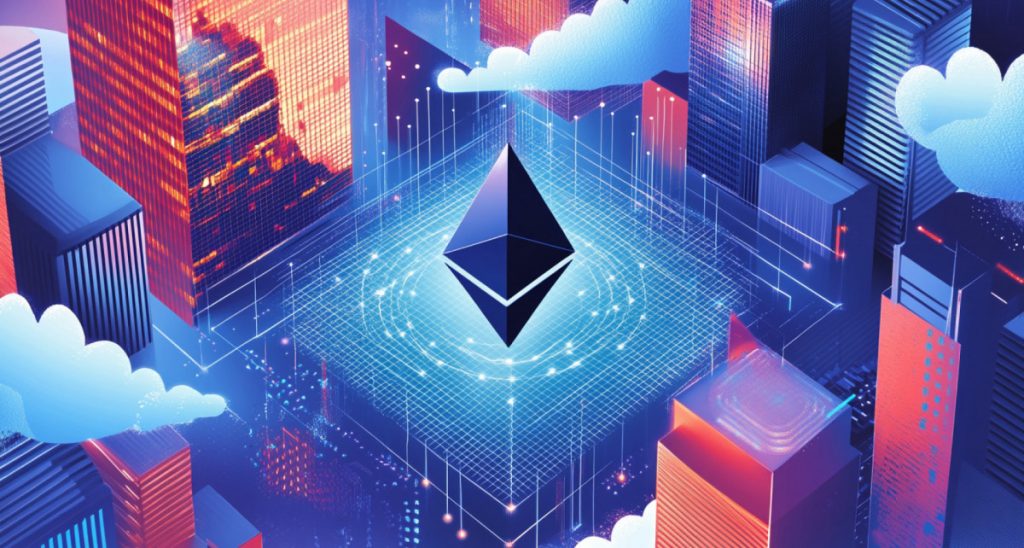Eclipse Establishes Foundation To Oversee Growth Of Its Protocol


In Brief
Eclipse has launched the Eclipse Foundation, which will manage the growth and decentralization of governance for its protocol while serving as the central hub for updates within its ecosystem and community.

Ethereum Layer 2 network Eclipse announced the introduction of the Eclipse Foundation, which will oversee the growth and decentralization of governance for the Eclipse protocol.
The Foundation will continue to serve as the central hub for all developments and updates within the Eclipse ecosystem and community on the social media platform X. Meanwhile, the technology and research teams at Eclipse Labs will maintain their focus on advancing the platform to make Eclipse the preferred choice for decentralized applications (dApps).
Users can stay updated on technical progress, and the team’s latest research by following the Foundation’s new account on X.
The entity will remain the software development and research company driving the technology behind its blockchain. In the coming weeks, Eclipse Labs plans to publish more research and introduce its product roadmap, according to the latest announcement.
What Is Eclipse?
It is a new blockchain that positions itself as “Ethereum’s fastest Layer 2” by utilizing the Solana Virtual Machine (SVM) as a rollup on Ethereum. This design aims to offer a scalable and low-cost solution for developers and users looking to interact with both Ethereum and Solana smart contracts.
The Eclipse mainnet was launched in November 2024. Its key components include Ethereum providing the secure Foundation for Eclipse, as all transactions ultimately settle on the Ethereum mainnet. ETH serves as the native gas token for the network. Eclipse leverages the Solana Virtual Machine (SVM) to execute transactions, enabling high throughput and parallel processing for faster and more affordable transactions.
The network also integrates Celestia, a modular blockchain, to ensure scalable data availability, ensuring efficient and secure storage of transaction data. Additionally, Eclipse uses RISC Zero for generating zero-knowledge proofs (ZKPs), which help verify the validity of transactions without revealing underlying data, enhancing privacy and efficiency.
With Ethereum as the settlement and consensus layer, all transactions on the Eclipse Network are finalized and protected by Ethereum’s security, decentralization, and liquidity. Currently, ETH is used as the native gas token, but Eclipse plans to support other tokens, such as USDC, for gas fees in the future.
Disclaimer
In line with the Trust Project guidelines, please note that the information provided on this page is not intended to be and should not be interpreted as legal, tax, investment, financial, or any other form of advice. It is important to only invest what you can afford to lose and to seek independent financial advice if you have any doubts. For further information, we suggest referring to the terms and conditions as well as the help and support pages provided by the issuer or advertiser. MetaversePost is committed to accurate, unbiased reporting, but market conditions are subject to change without notice.
About The Author
Alisa, a dedicated journalist at the MPost, specializes in cryptocurrency, zero-knowledge proofs, investments, and the expansive realm of Web3. With a keen eye for emerging trends and technologies, she delivers comprehensive coverage to inform and engage readers in the ever-evolving landscape of digital finance.
More articles

Alisa, a dedicated journalist at the MPost, specializes in cryptocurrency, zero-knowledge proofs, investments, and the expansive realm of Web3. With a keen eye for emerging trends and technologies, she delivers comprehensive coverage to inform and engage readers in the ever-evolving landscape of digital finance.


















































